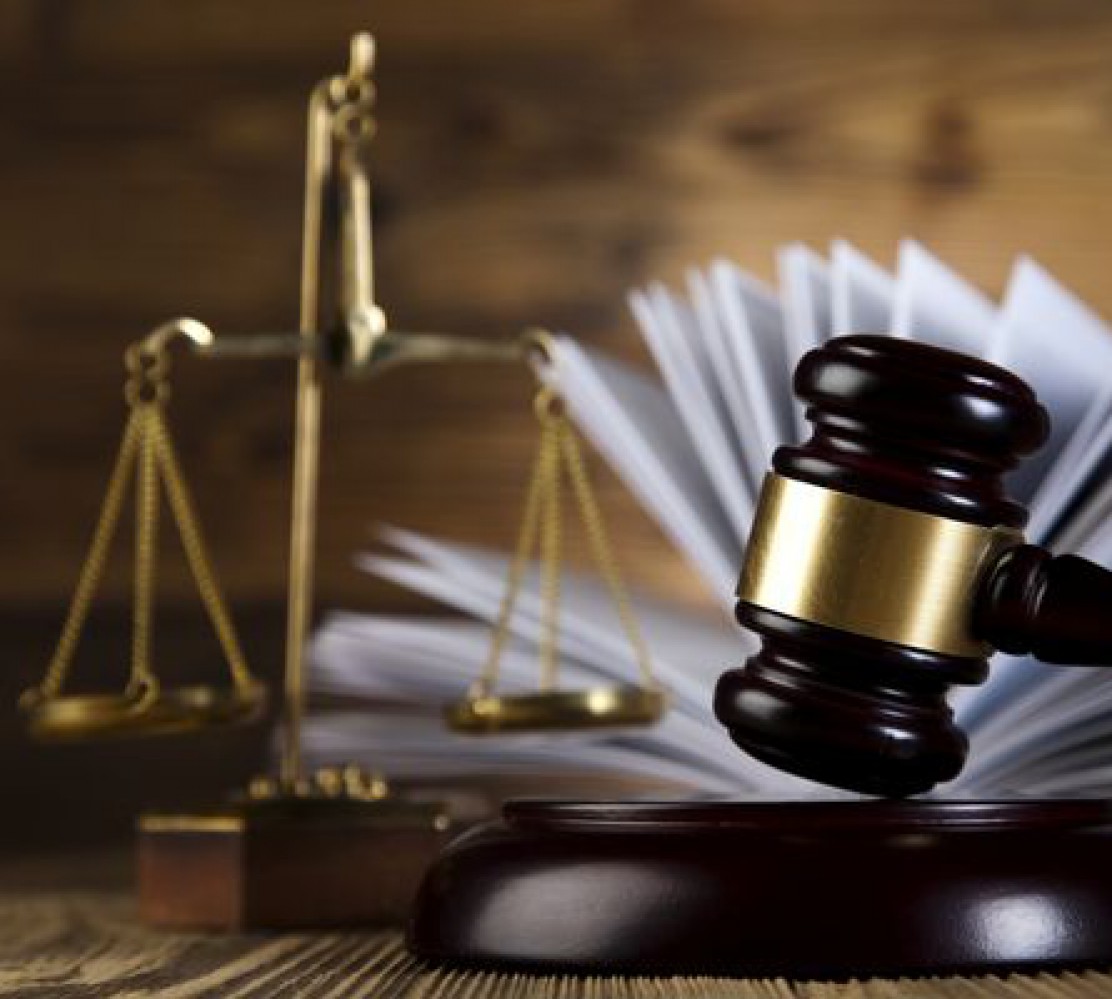Source : US News
By : Alicia Bannon
Category : Seminole County Bail Bonds, Bail Bondsman in Sanford
The legal world got a glimpse this week at what happens when the Supreme Court is short-staffed. The high court split 4-4 on whether public employees can be required to pay union fees to support the collective bargaining activities of labor unions they choose not to belong to – an issue that made it to the Supreme Court after the justices previously raised questions about the constitutionality of such fees. The split decision means the lower court ruling upholding the fees stands with no new guidance for lower courts, and lingering uncertainty for public sector unions and employees alike about their rights. It was the second 4-4 Supreme Court ruling in as many weeks. As the Senate showdown continues over Merrick Garland’s nomination, these split rulings show how a vacancy can prevent the court from doing its job. They highlight why Senate Republicans should give fair consideration to President Barack Obama’s nominee, as the Senate has consistently done throughout history – even in election years. The Supreme Court’s job is to evaluate cases and come up with national legal standards, often related to hotly contested issues. One of its roles is as a tie-breaker. The United States has several circuit courts covering different states across the country. Often, one circuit court will decide an issue one way, and another will decide it the opposite way. Cases involving the Affordable Care Act and marriage equality are two recent examples. The Supreme Court resolves these splits, providing uniformity and certainty in our often-muddled legal system.
The Supreme Court also on occasion revises or overturns one of its previous decisions, as it is being asked to do this term in connection with affirmative action. Unless and until the Supreme Court revisits a previous decision, that ruling binds all other courts in the country even if they disagree with its reasoning. The recent 4-4 rulings show exactly what’s at stake when this system breaks down. The union fees case, Friedrichs v. California Teachers Association, was expected to be a blockbuster. Two years earlier, a majority of justices signed an opinion suggesting the court should reconsider a prior ruling upholding mandatory union fees. Friedrichs presented an opportunity for the court to either set a new standard or reaffirm its previous decision. Instead, a one-sentence opinion declared the court “equally divided” in the wake of Justice Antonin Scalia’s death. The lower court ruling stands, but the same legal doubts that put the case before the Supreme Court in the first place remain, creating uncertainty about how to interpret and apply existing law. The other 4-4 case, Hawkins v. Community Bank of Raymore, addressed whether spouses can be held as guarantors for bank loans. It made fewer headlines, but was also decided in a single sentence. Because various federal and state courts had resolved the legal issue differently, spouses were being treated differently under the same set of laws, depending on the state. The Supreme Court was expected to create a single rule. Instead, lenders and loan seekers face a legal patchwork across the country.
If the Senate continues to stall Garland’s nomination, more and more cases could be left undecided, creating confusing and conflicting legal standards nationwide. In the coming months, those include hot-button topics like immigration and abortion. (The threat of another 4-4 split may also explain an unusual order issued Tuesday in a case challenging the Affordable Care Act’s contraceptive mandate, seeking additional briefing and input on a compromise position crafted by the court.) If the Senate waits until 2017 to consider a nominee, then the Supreme Court’s next term would face similar divisions. The Framers of the Constitution created three branches of government – the executive, the legislature, and the judiciary – and outlined clear roles and responsibilities for each. All three are equally essential to a functioning democracy. The Framers also created a nomination process for the Supreme Court, which says the president selects a nominee, and the Senate provides its “advice and consent.”
With so much at stake, it’s time for that process to work as intended. Obama fulfilled his duty in putting forward a nominee for the Supreme Court. Now it is the Senate’s turn to offer advice and consent, by providing Garland with a hearing and a vote. A strong majority of Americans agree. A recent CNN poll, for example, found that 64 percent of adults want Republican leadership to hold hearings for Garland. The Supreme Court is essential to our democracy. It’s time for the Senate to do its job, so the Supreme Court can do its job and interpret the laws of the United States.
Read more: usnews.com/opinion/articles/2016-03-30/supreme-court-4-4-rulings-absent-garland-leave-a-legal-muddle













